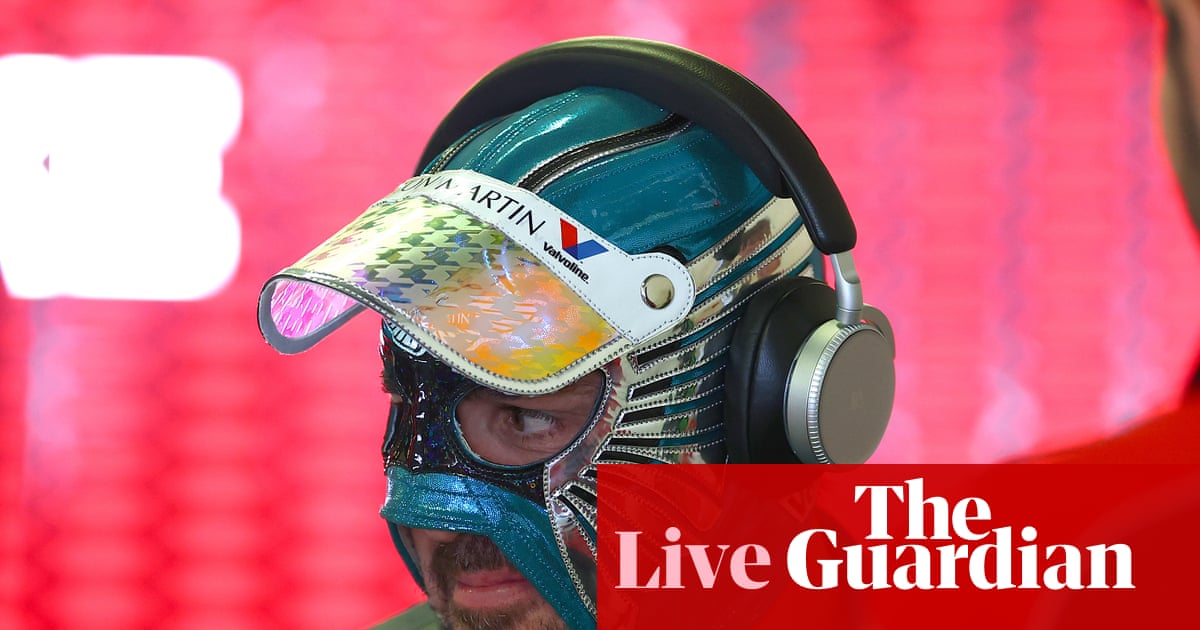In medical terms, the eye is not the window to the soul, but to the mind. The retina and the optic nerve are outgrowths of neural tissue, and the remarkable success of electronic implants in restoring sight shows how far brain-computer interfaces have come. These have not delivered a sci-fi vision of augmented humans with incredible new powers but, perhaps more happily, significant progress has been made, restoring ability and agency to those who have suffered injury or disease.
People with age-related macular degeneration face a fading world. The disease, affecting about 600,000 people in the UK, causes progressive loss of central vision. There is no cure, but new trials offer something else: a new way of seeing.
Patients at several trial sites across Europe, including Moorfields eye hospital in London, were fitted with a surgically implanted microchip in their retina. Just 4mm square and 30 micrometres thick, the chip functions as a pattern converter. Visual information recorded by a camera in a pair of glasses is beamed to the chip via infrared light, which the chip converts to electrical signals detected by the retina, restoring the lost link between the eye and the brain. After one year, 84% of patients in the 38-person trial were able to read letters and numbers with the device, having previously lost vision, with the average improvement equal to about five lines on a standard eye-test chart.
The line between mind and machine is shifting. Devices placed on the head to read brainwaves have allowed paralysed people to type. Prosthetics currently in trials are controlled by sensors placed on muscles and nerves remaining after amputation, and can feed back signals as well – restoring a sense of touch and proprioception. Last year, in typical hard-charging fashion, Elon Musk’s Neuralink venture implanted a chip directly into a volunteer’s brain, allowing him to send basic commands to a computer.
The dangers should be obvious. In the macular degeneration trial there were 26 “adverse events”, including retinal damage requiring further surgery. Go deeper into the brain and those risks multiply. Even then, the brain must be taught to read the signals – a reminder that these chips do not yet speak the body’s language. (An AI algorithm was used to pick text out of the visual signals more clearly, a simple example of how AI’s unique data‑processing and pattern-recognition power is made truly useful.)
With any new medical technology, cost and accessibility are an issue. The Prima device from the trial is under review by the US Food and Drug Administration and EU regulators. A CE mark from the latter would allow Prima to be considered for NHS provision. As with most prosthetic devices, this is the result of partnerships between publicly funded medical researchers and a private biotech firm, which handles any eventual large-scale manufacturing. In 2022, the NHS approved various multi-grip prosthetic hands, controlled by non-invasive electrodes that read muscle signals, for widespread use – and reported costs of about £13,000 to £37,000 per prosthetic, plus additional service costs over time. Prima and other devices in trials are a step further – a direct fusion of advanced computer technology and the human nervous system. Few novels or films dwell on cyborgs simply throwing a ball or reading a newspaper, but that appears to be our future, and it is welcome.

 4 hours ago
6
4 hours ago
6

















































